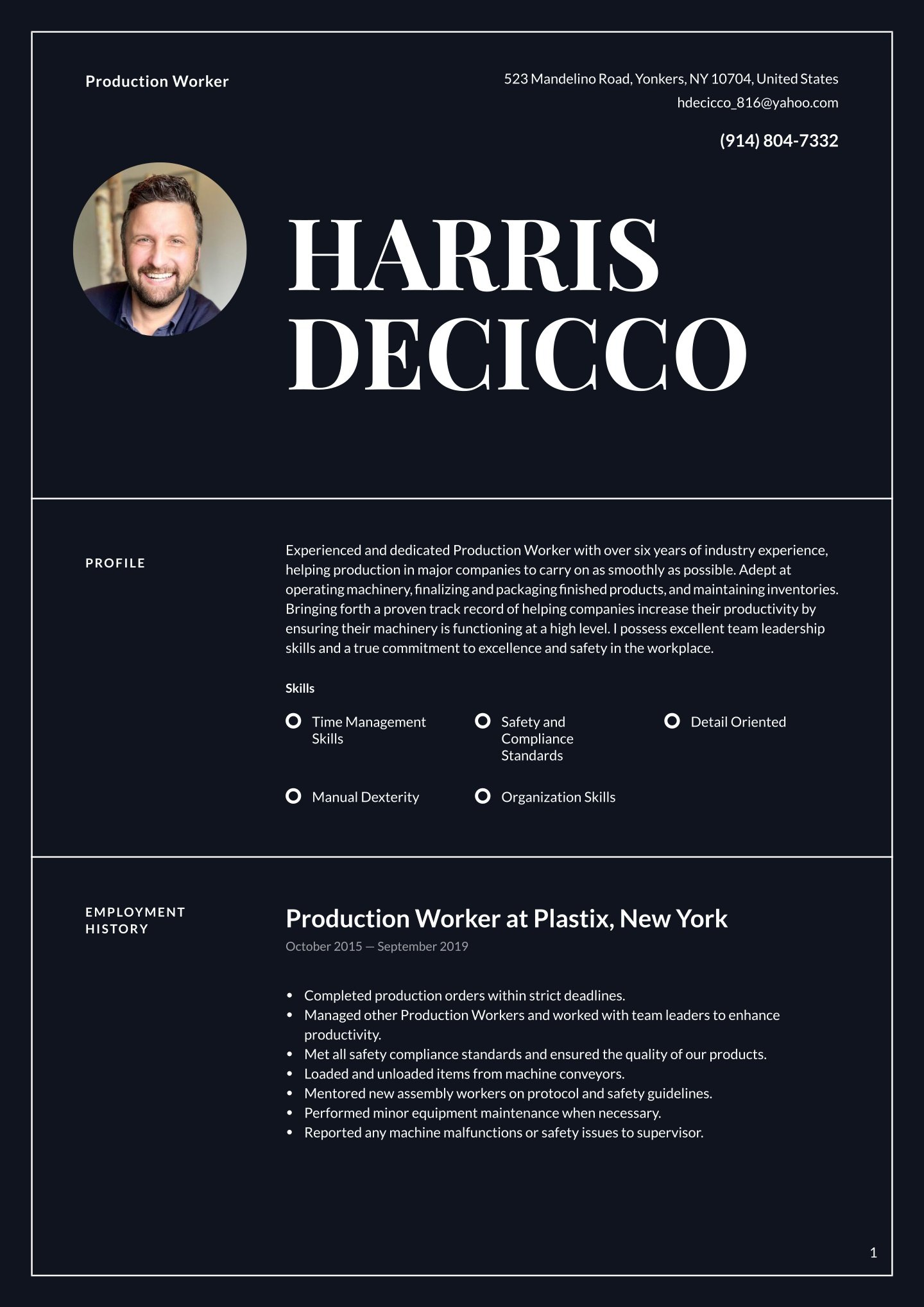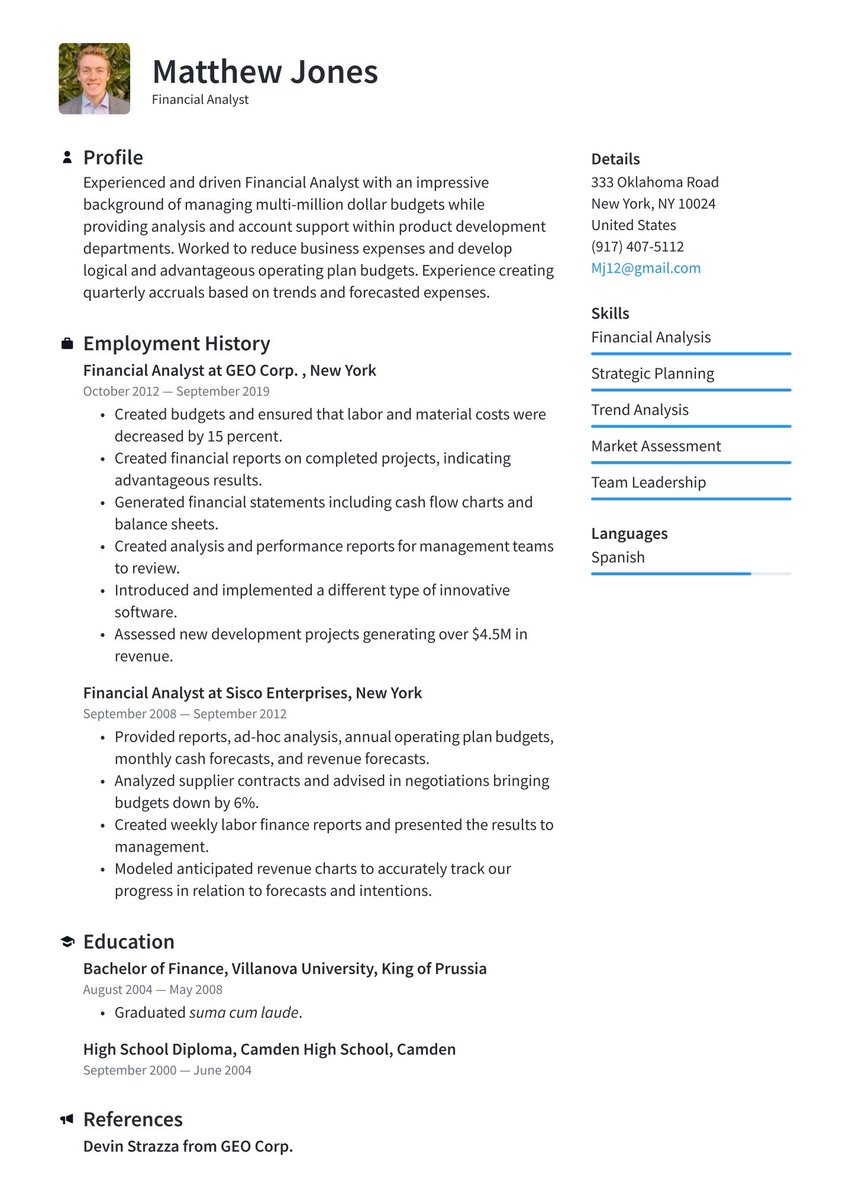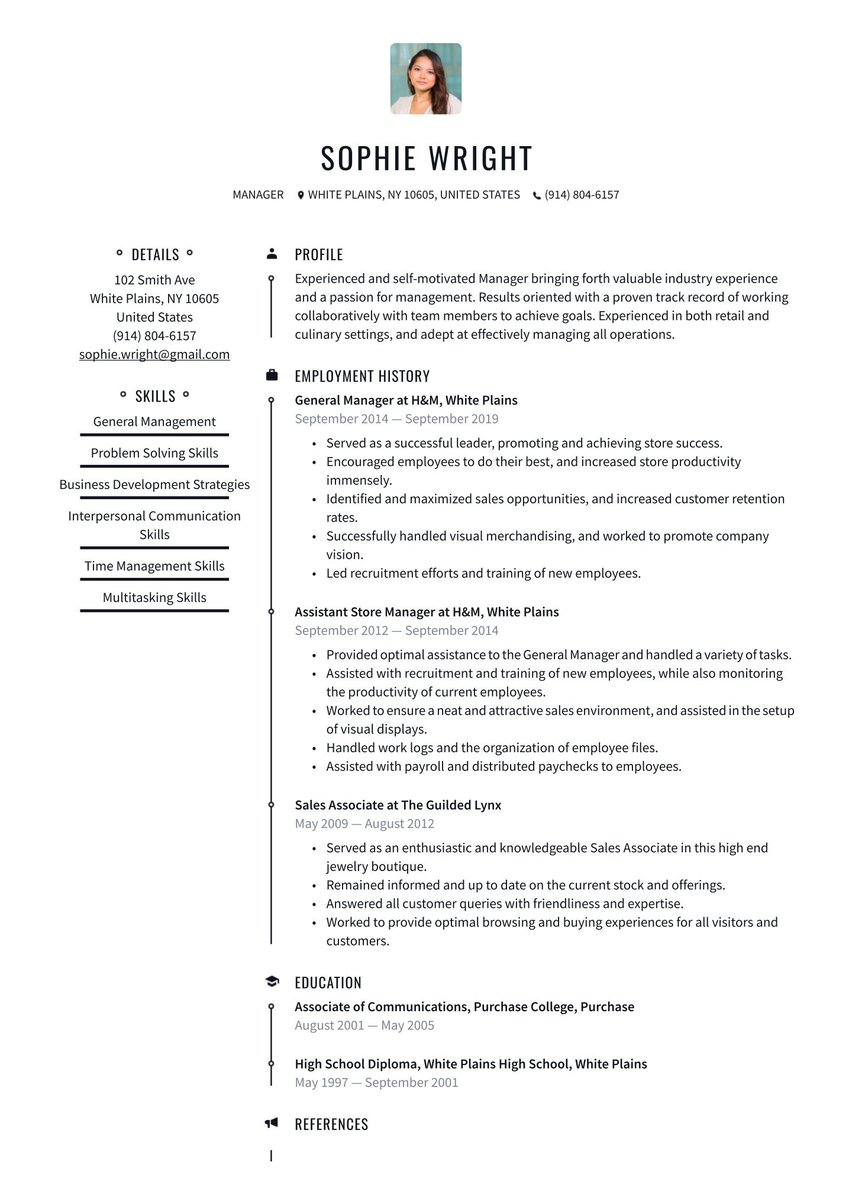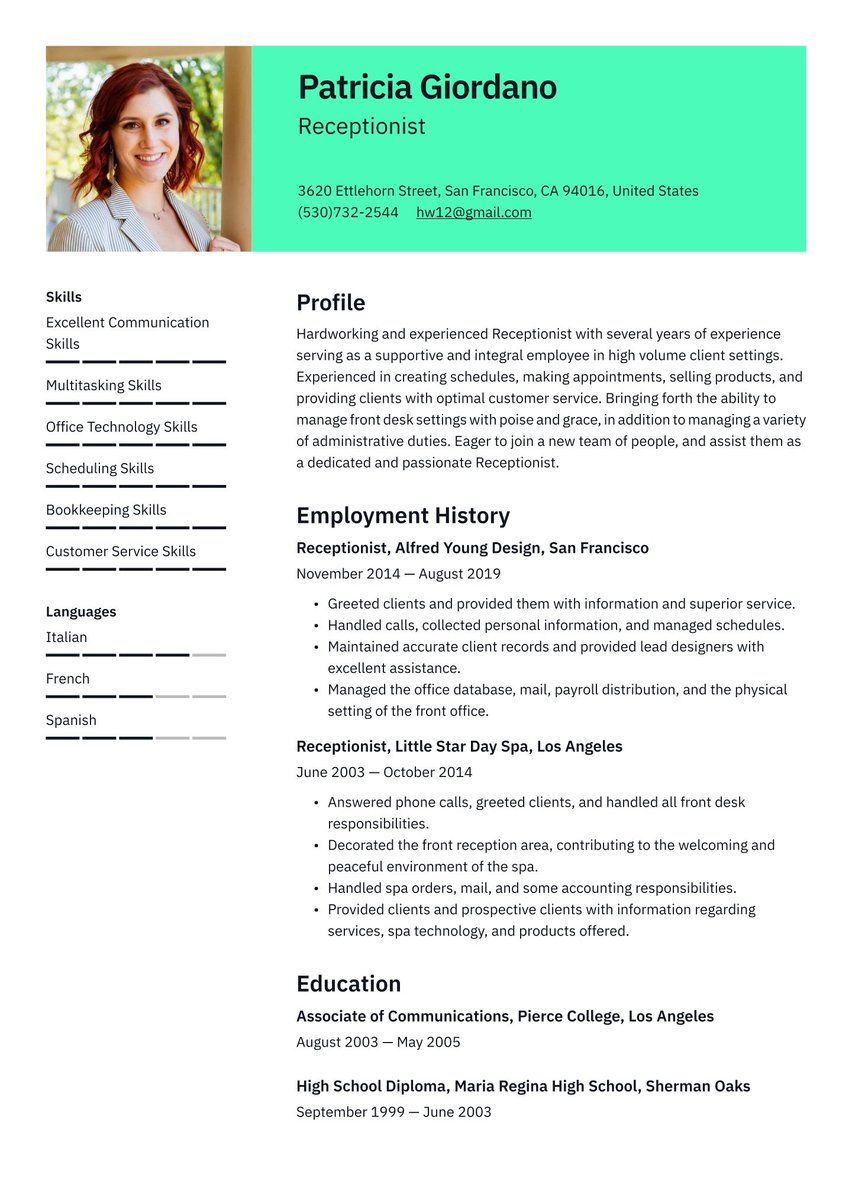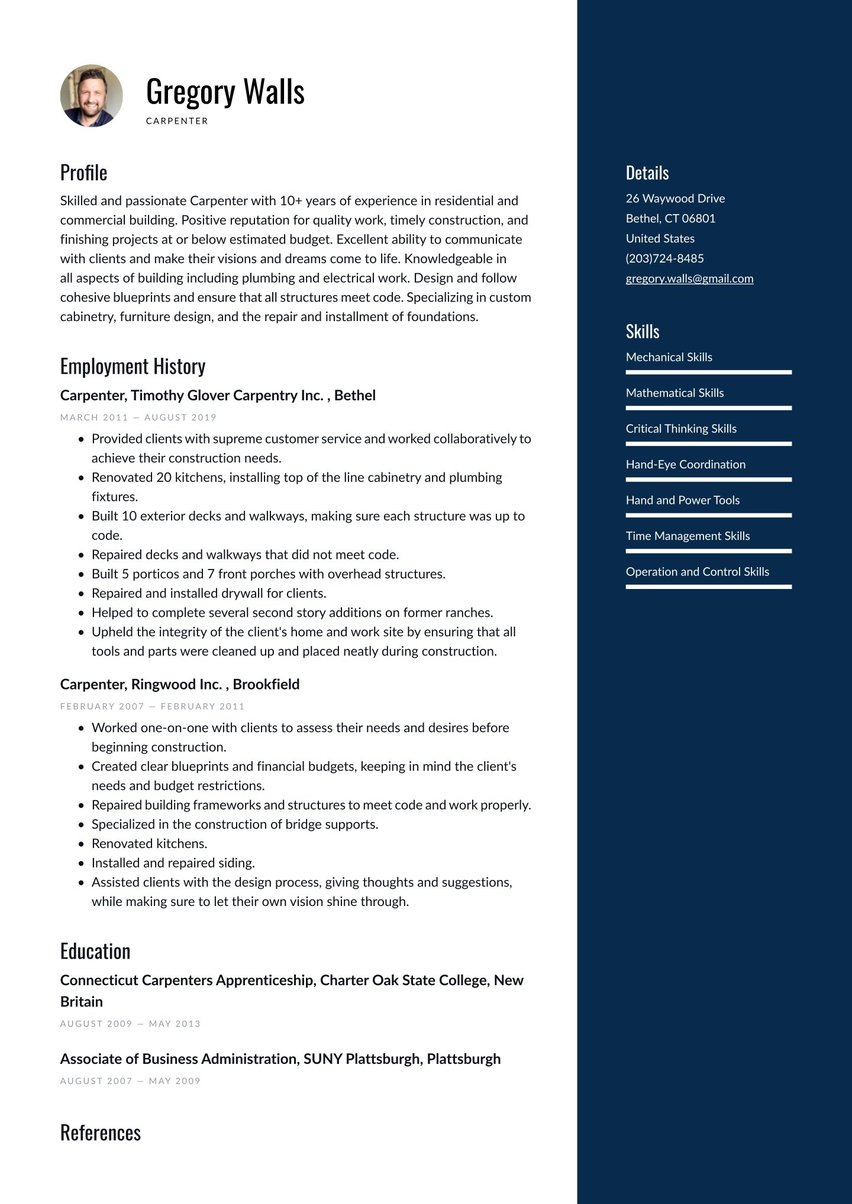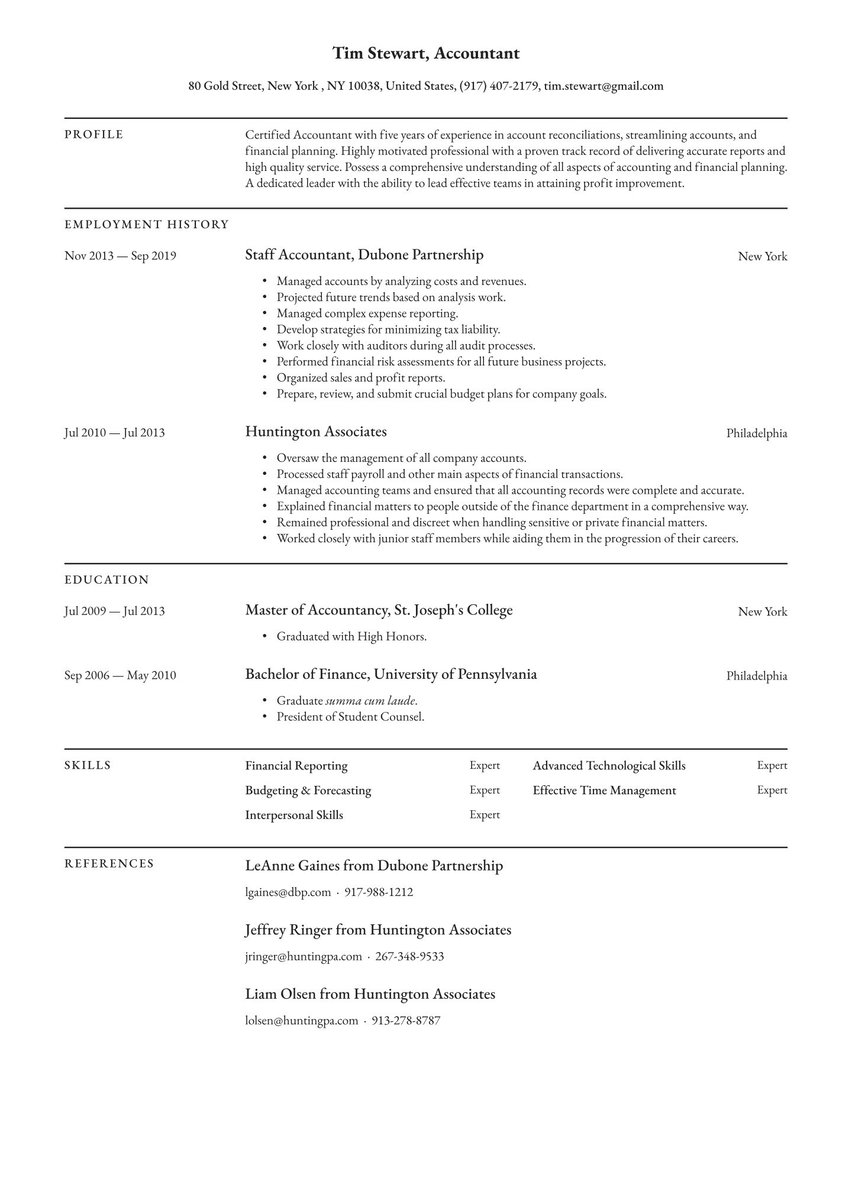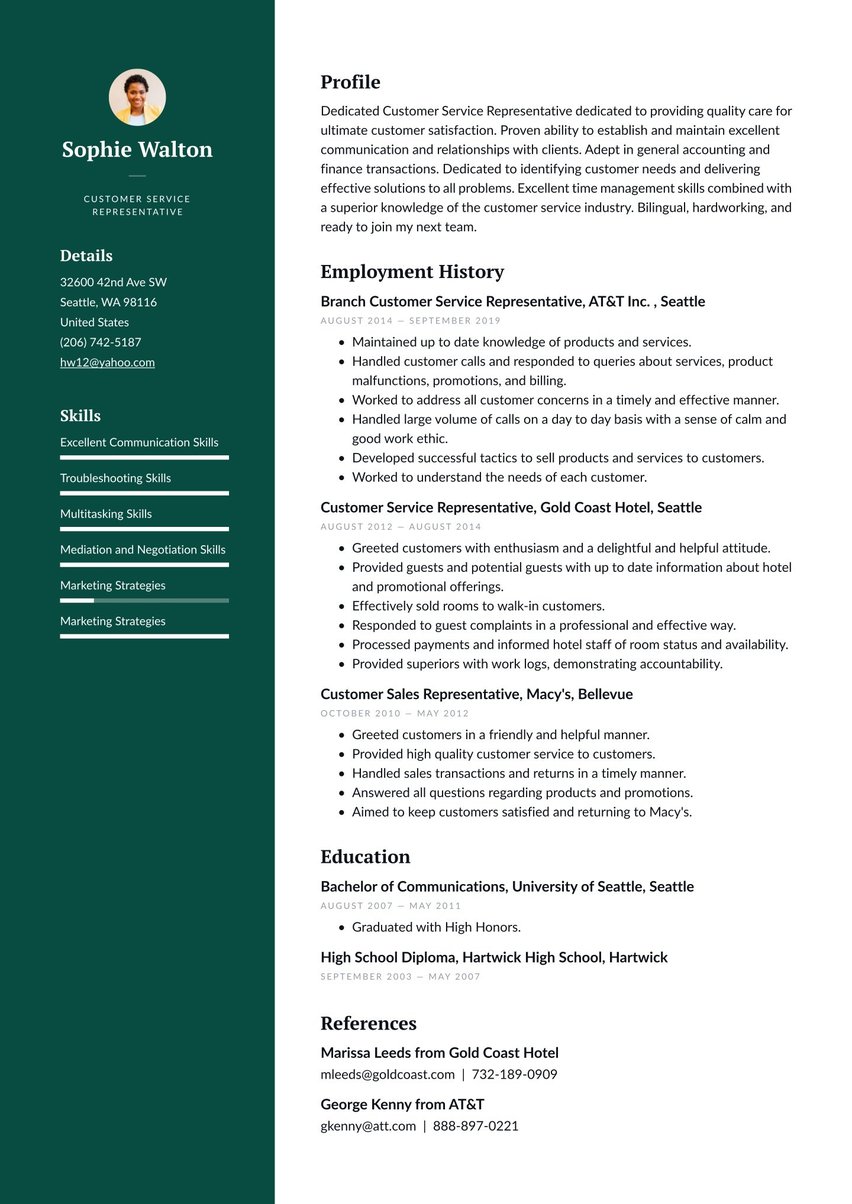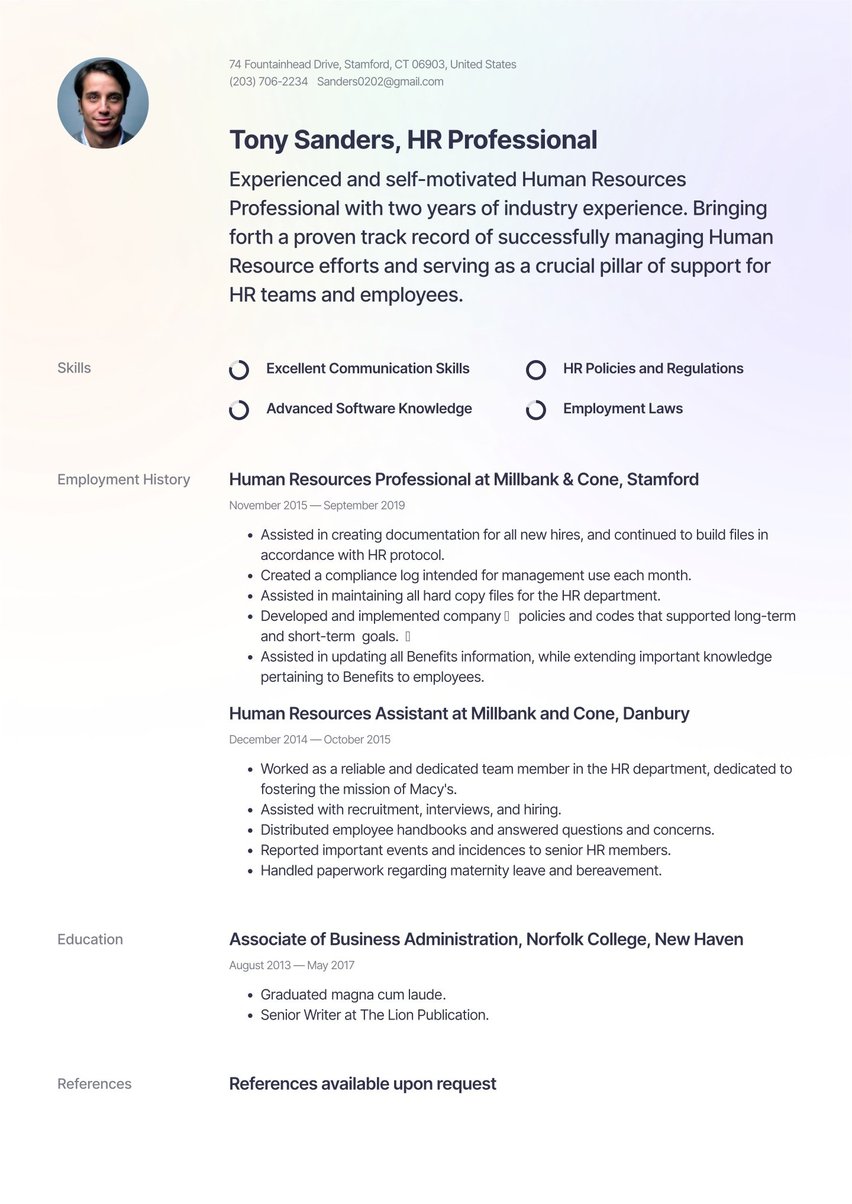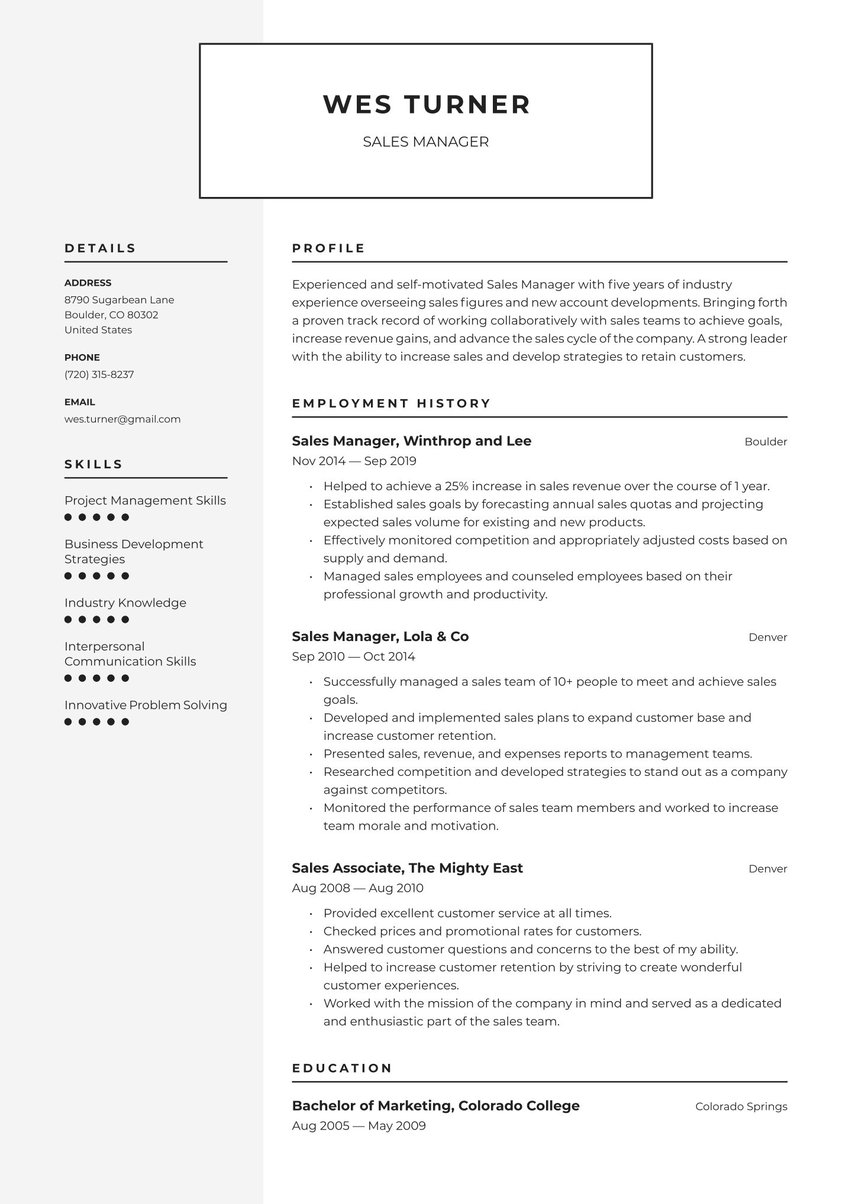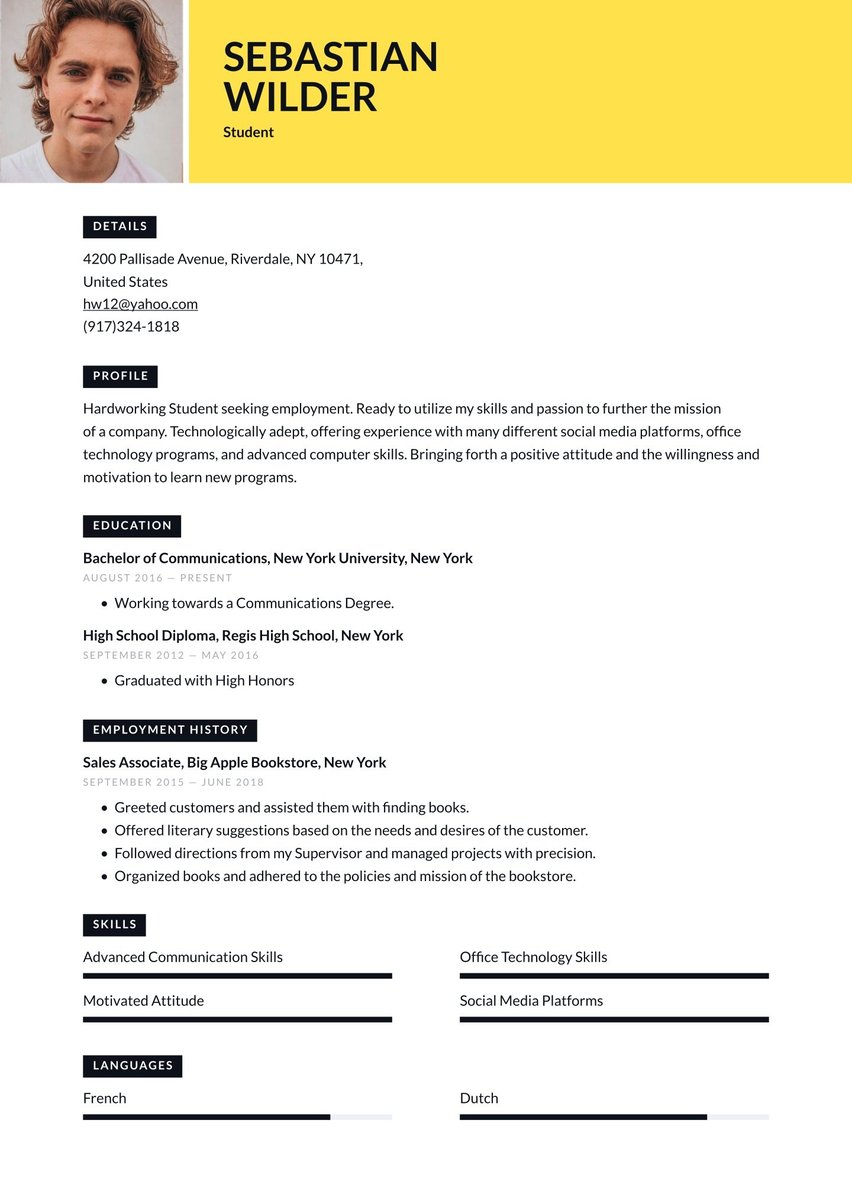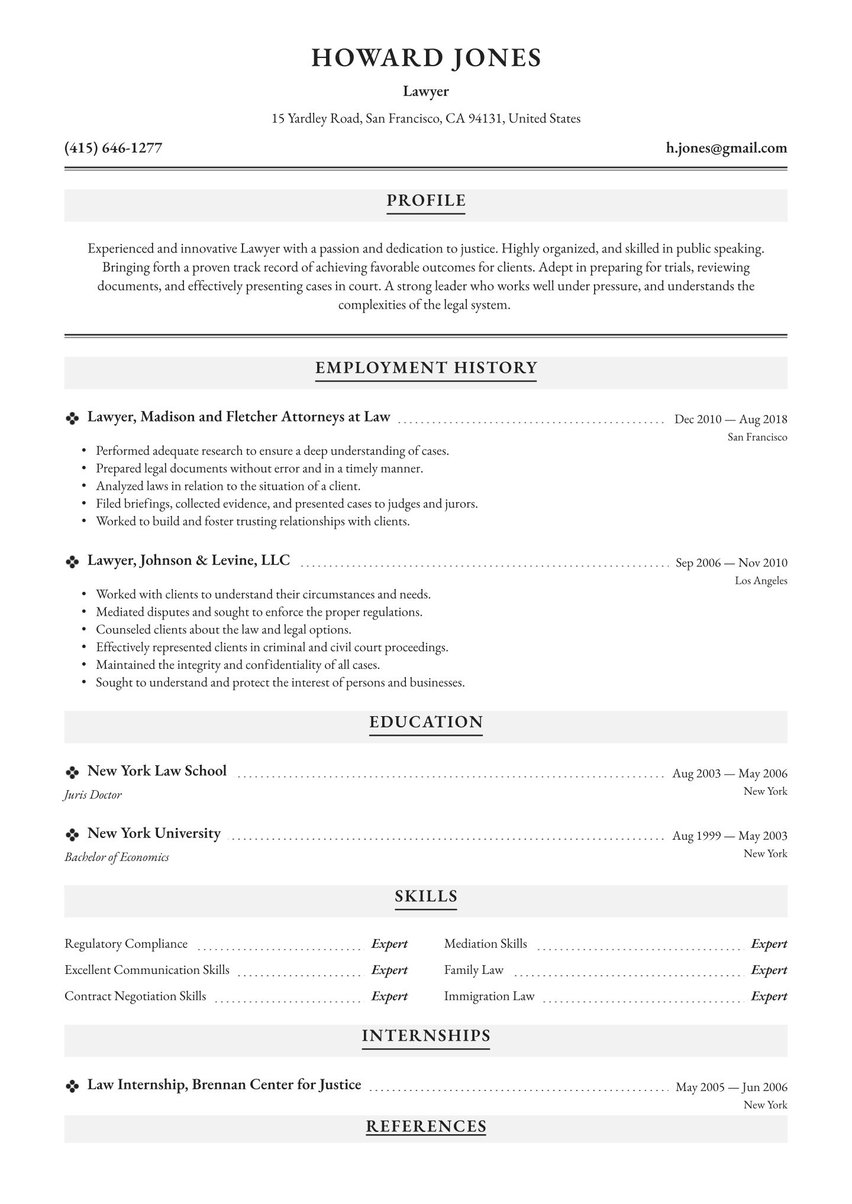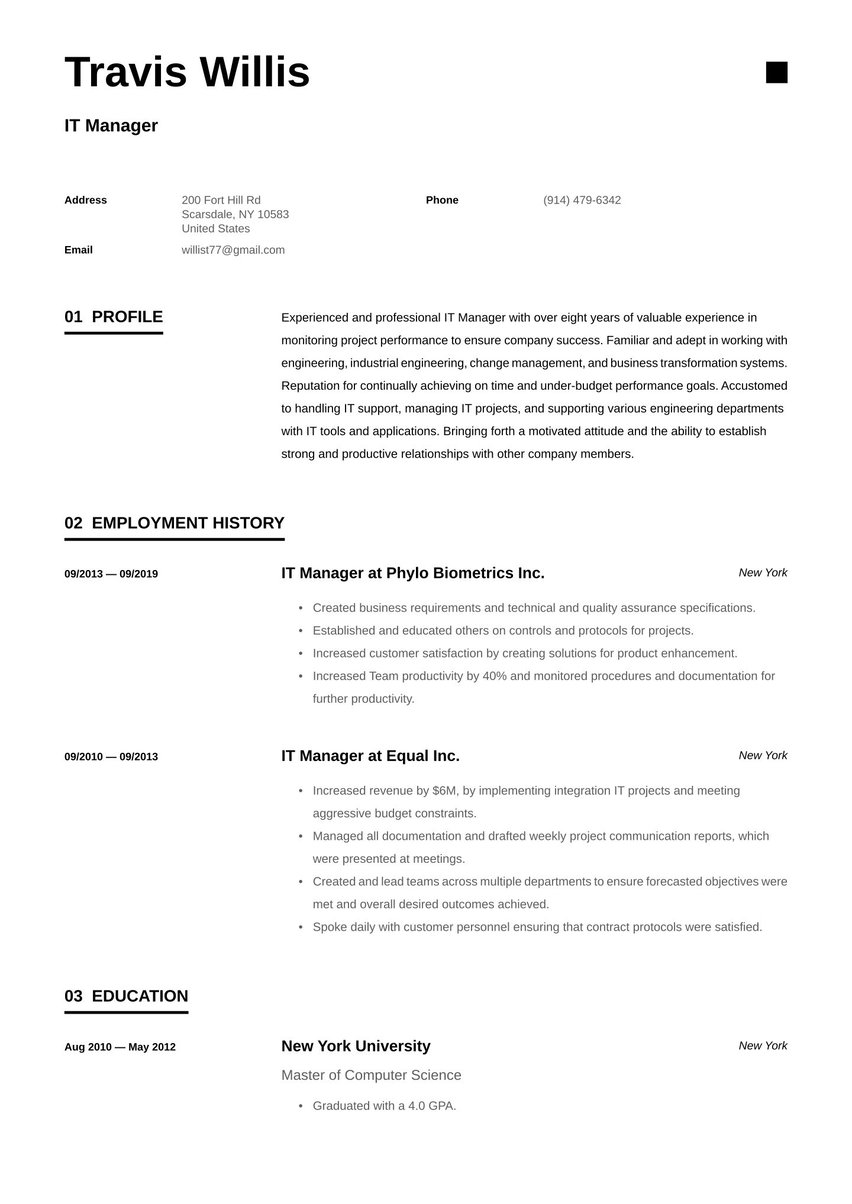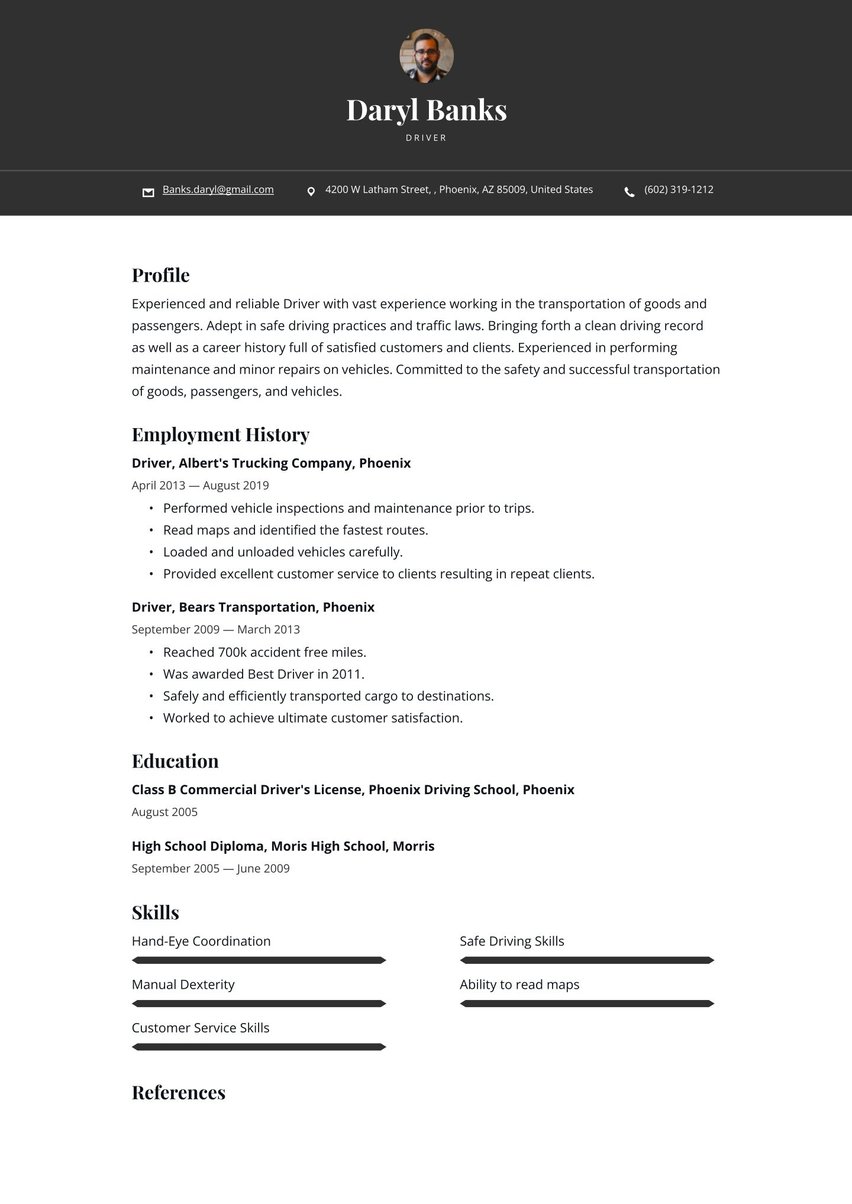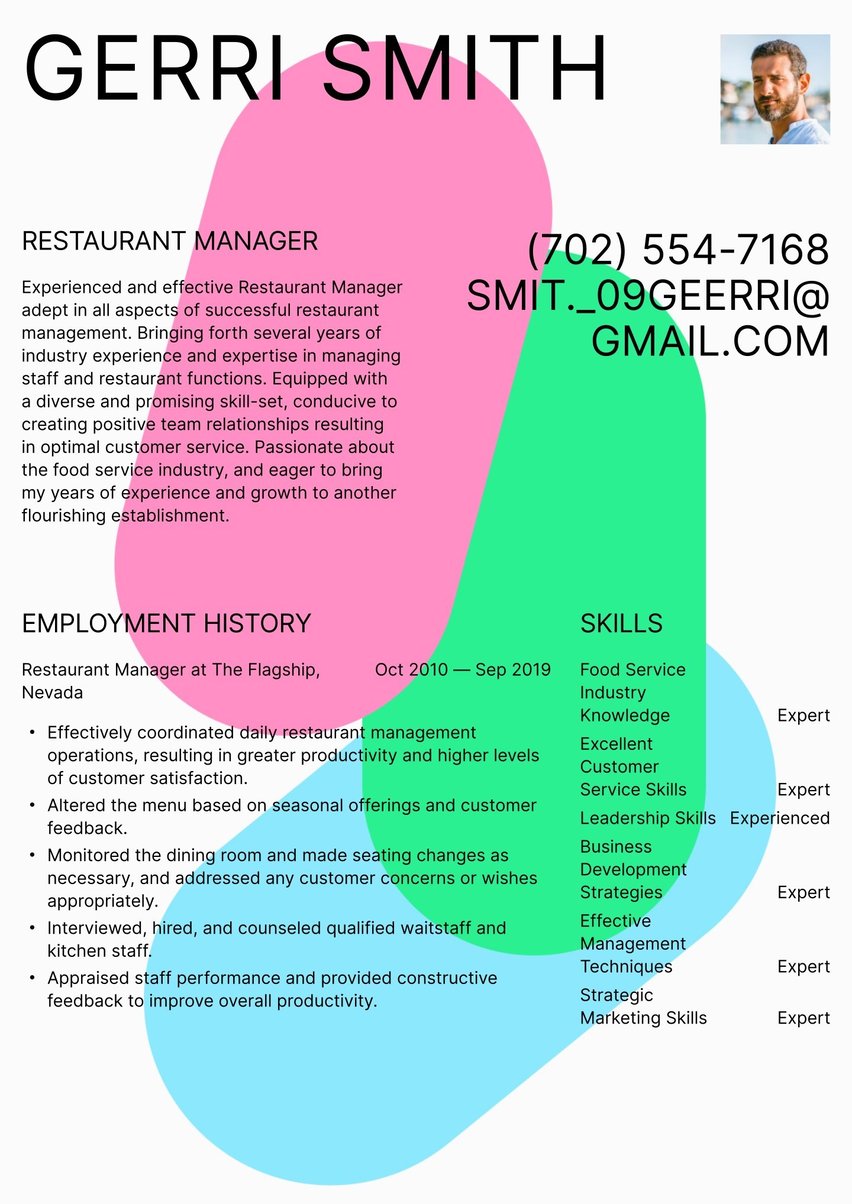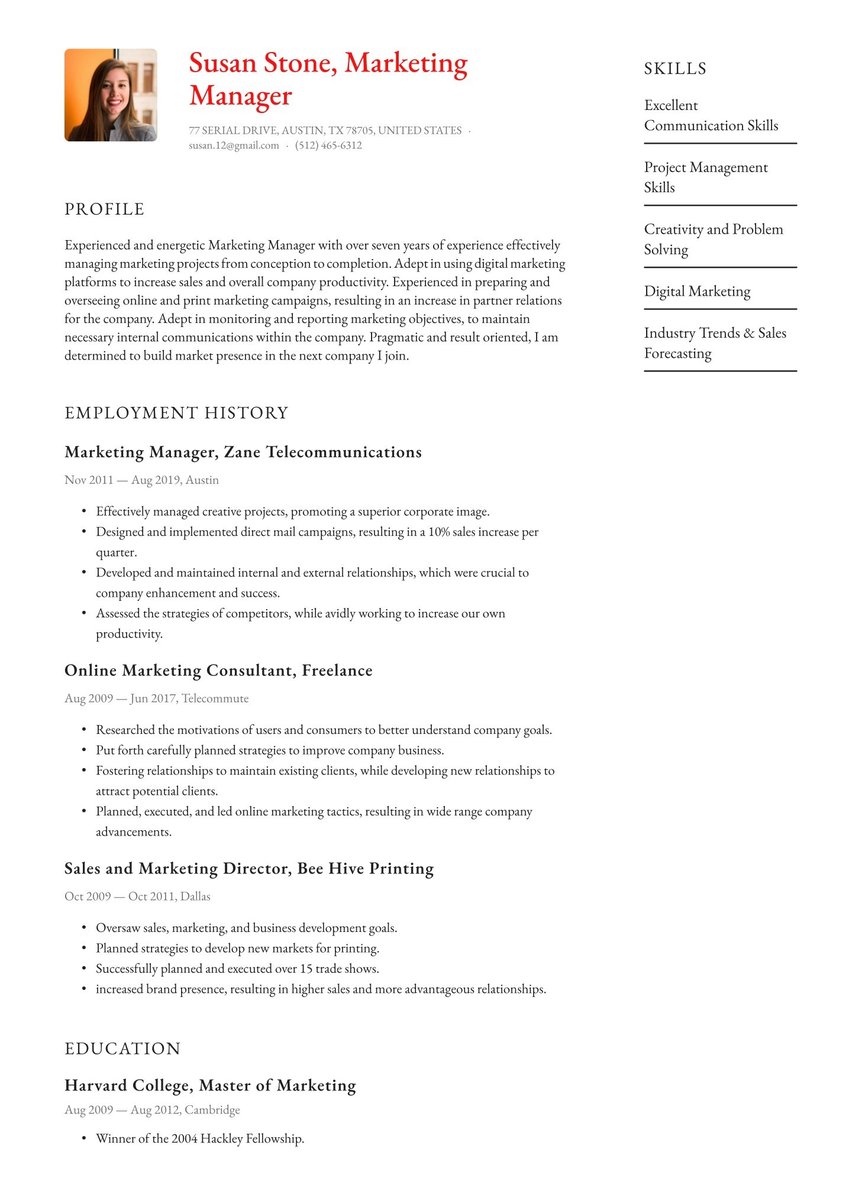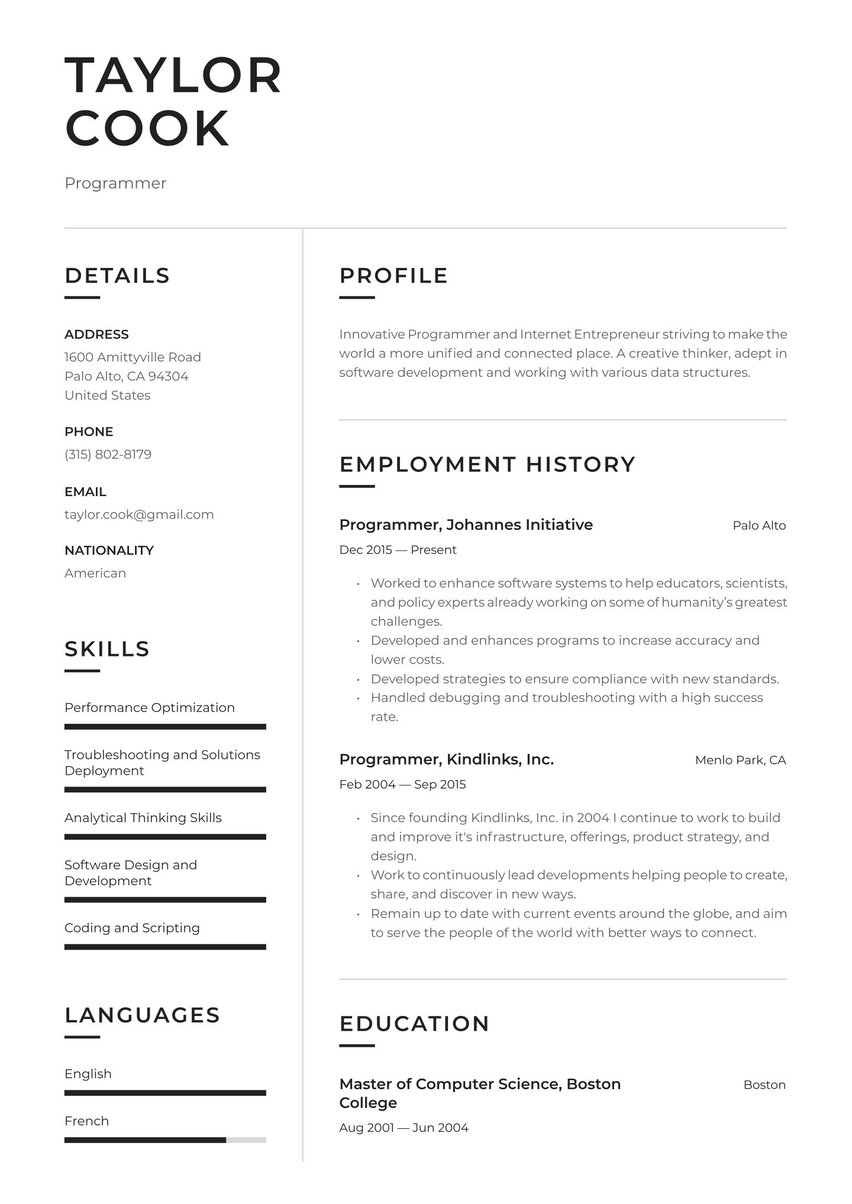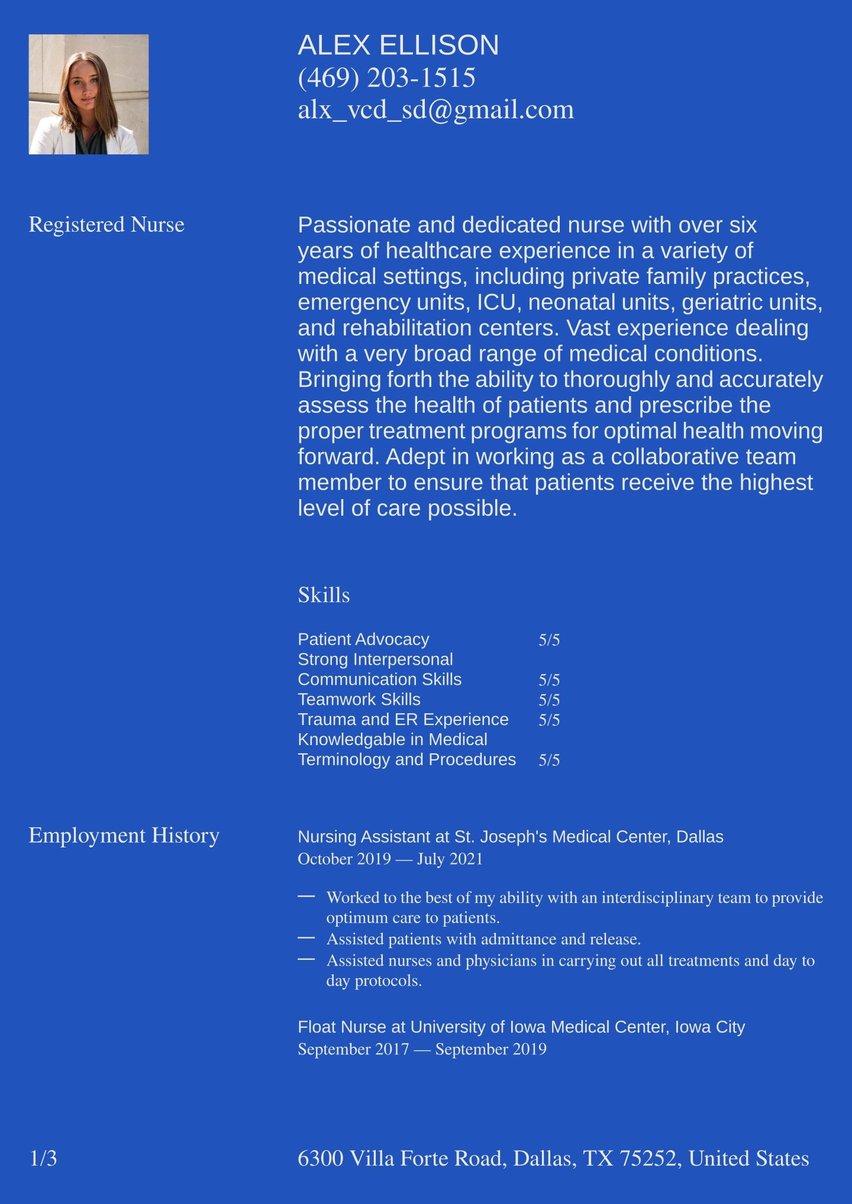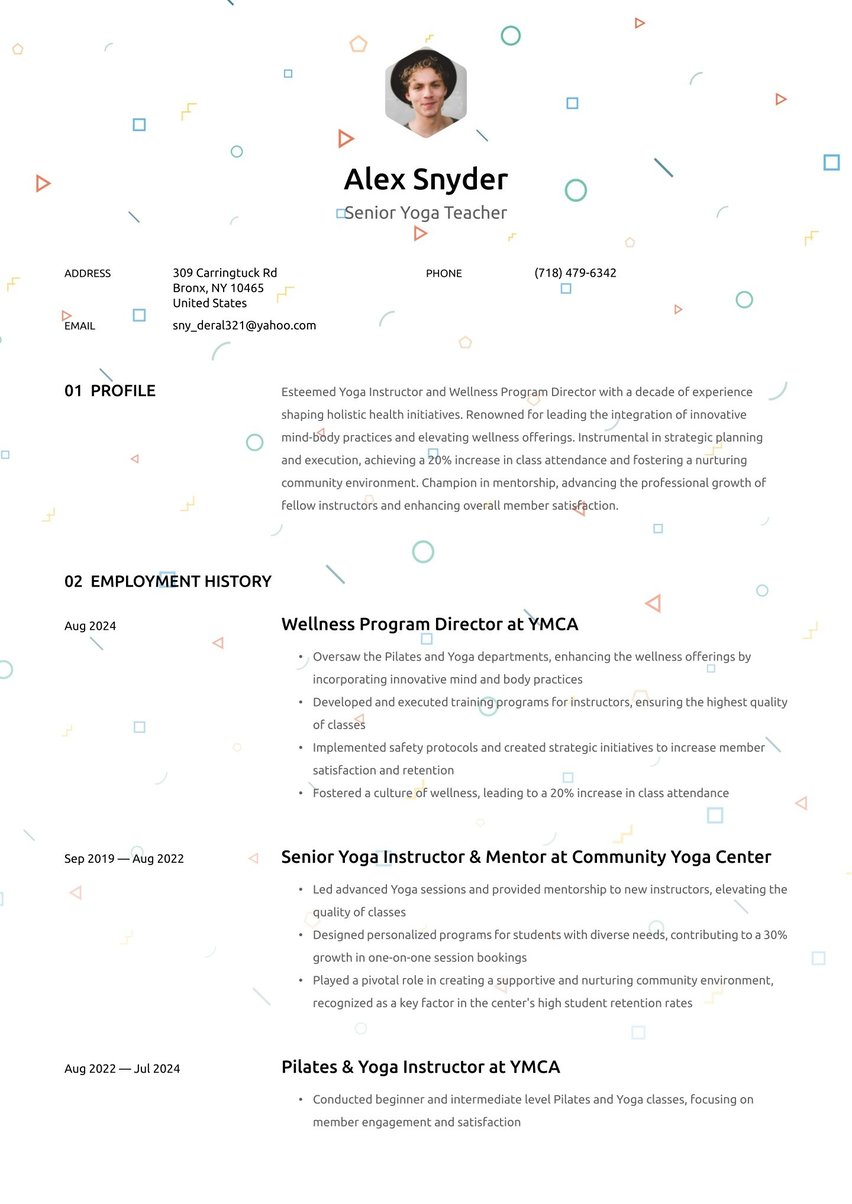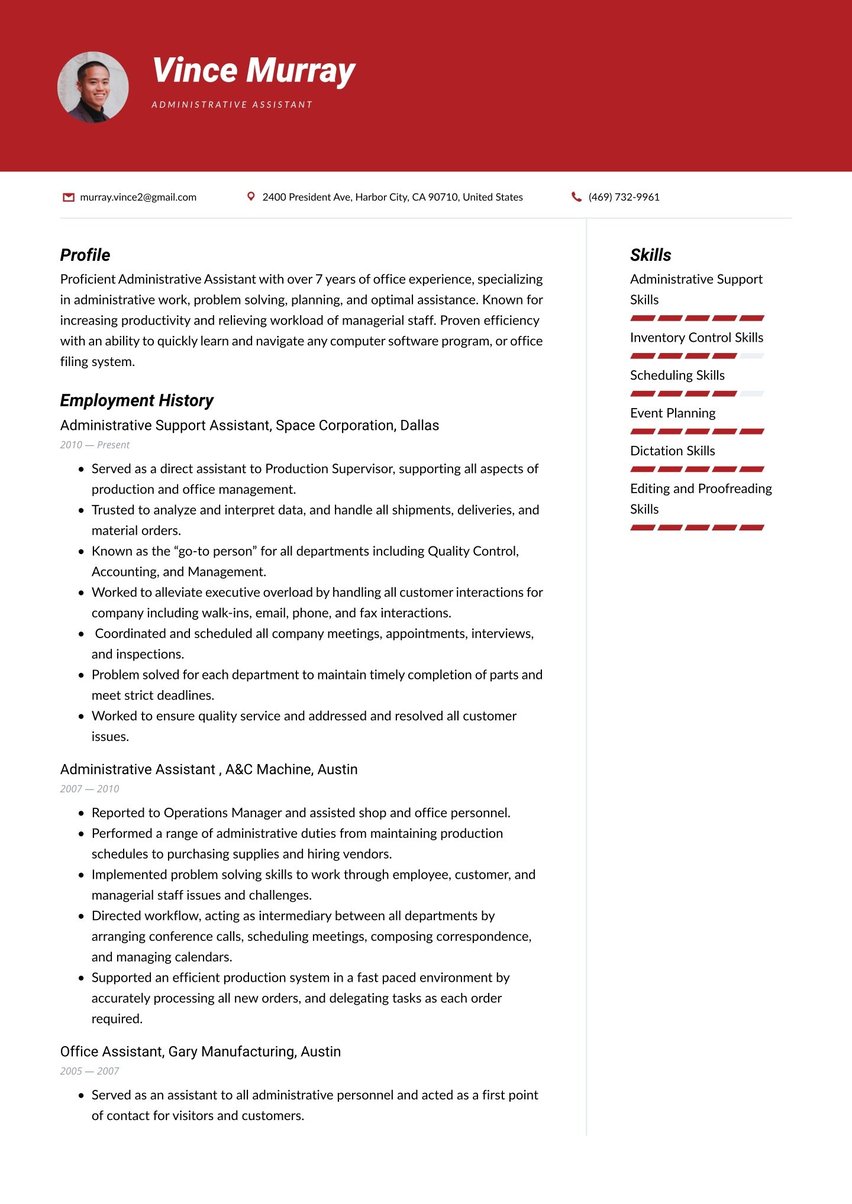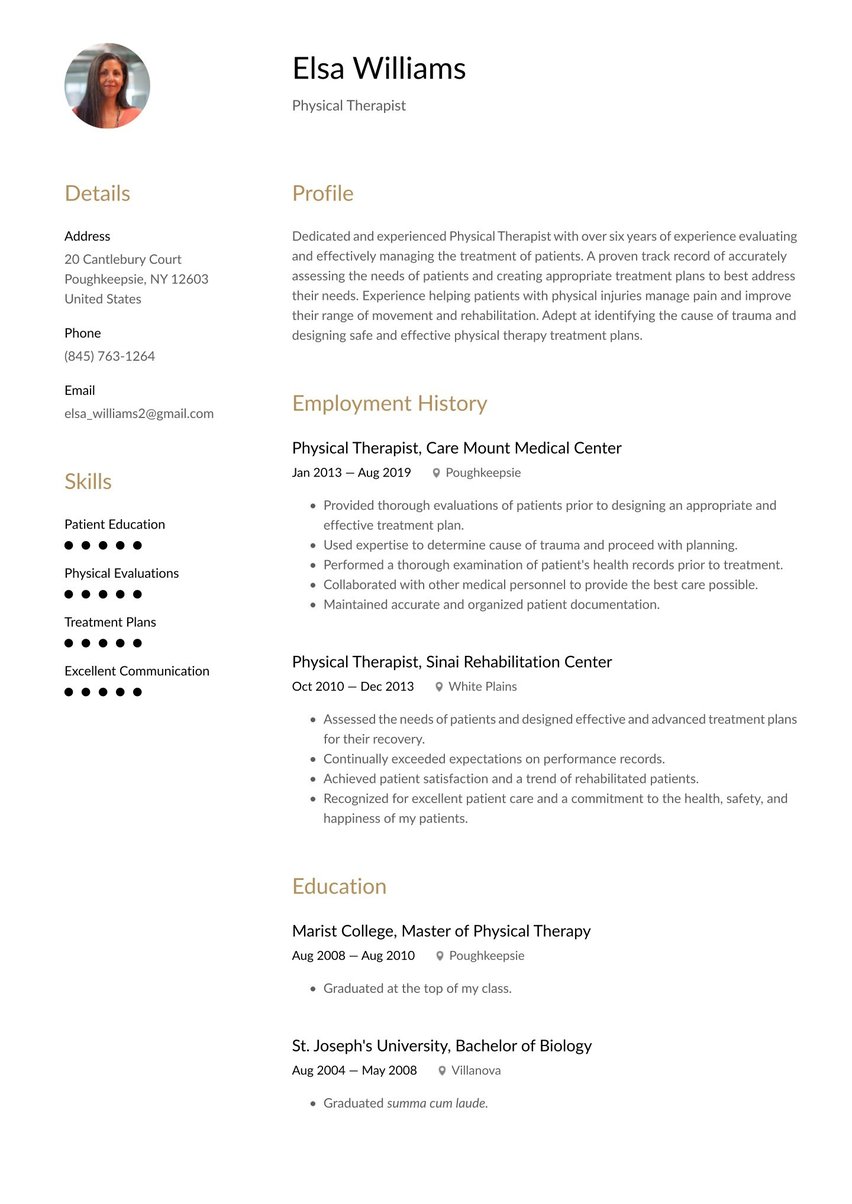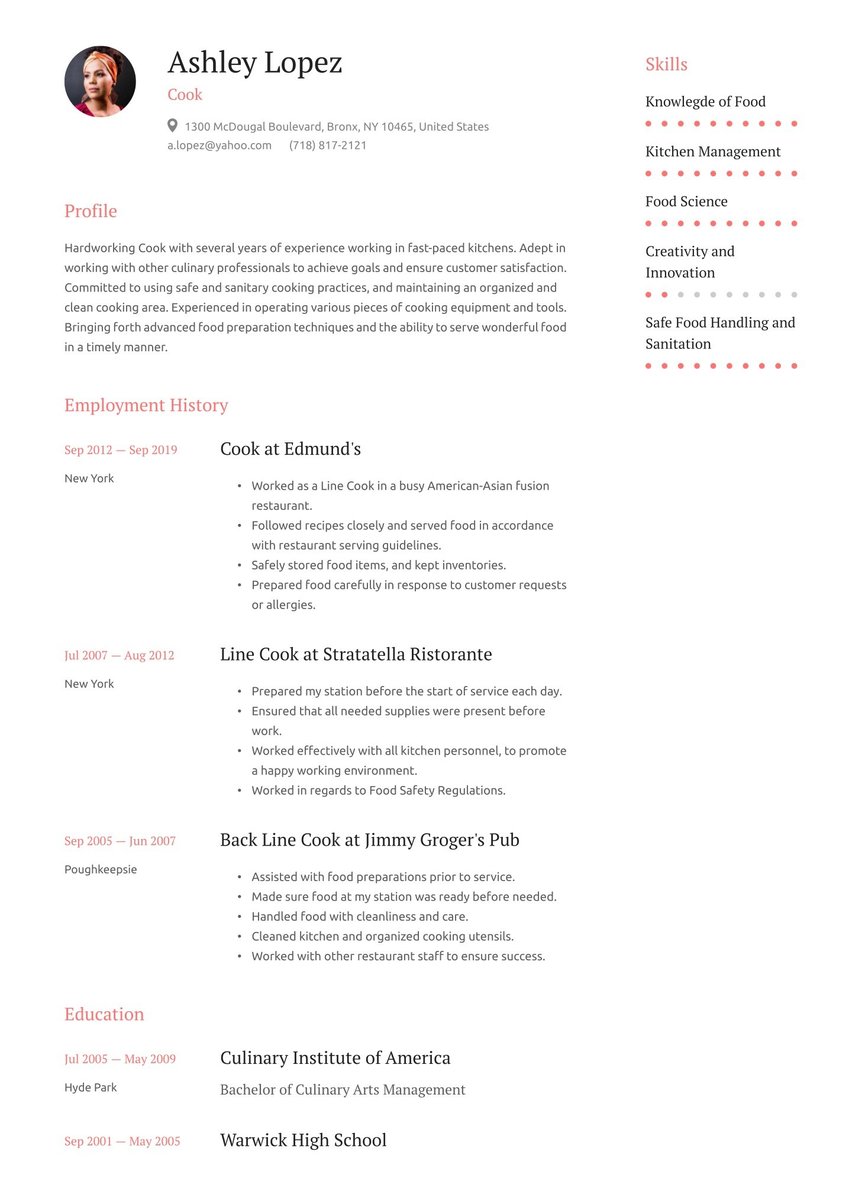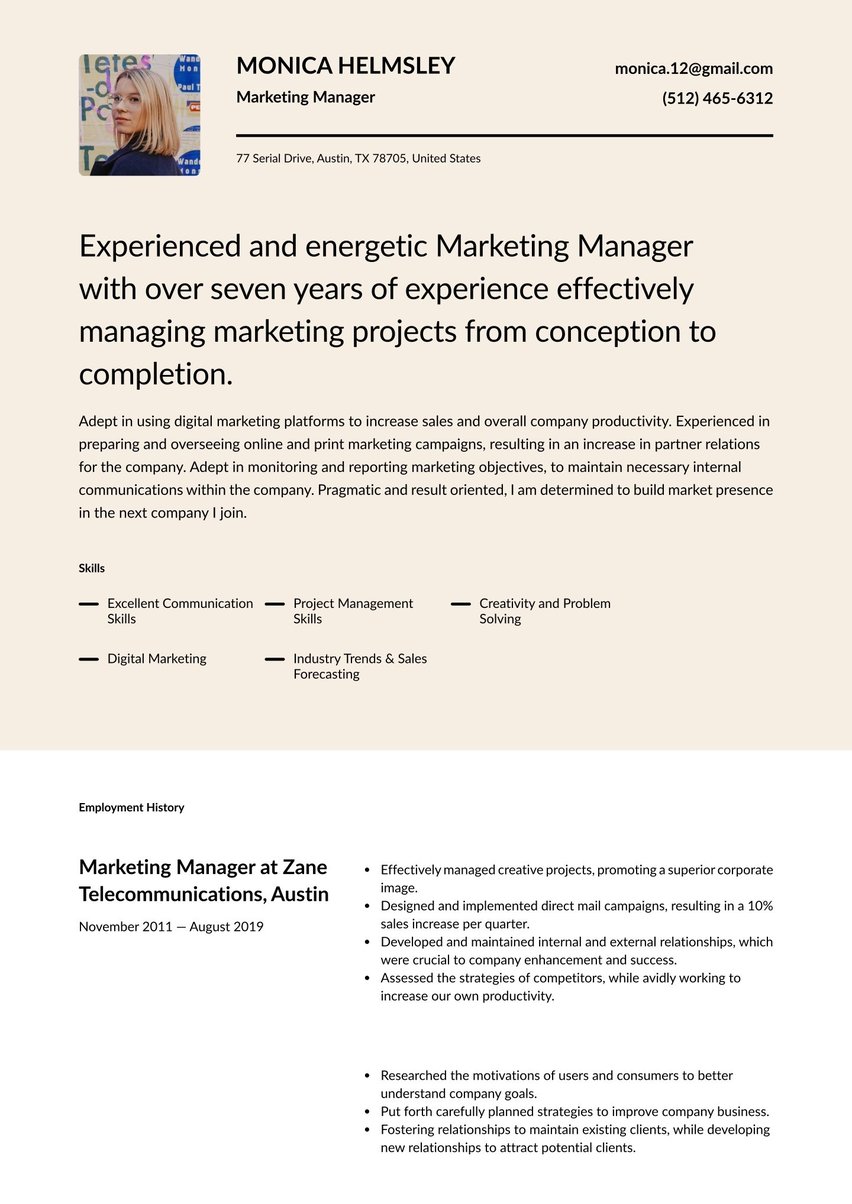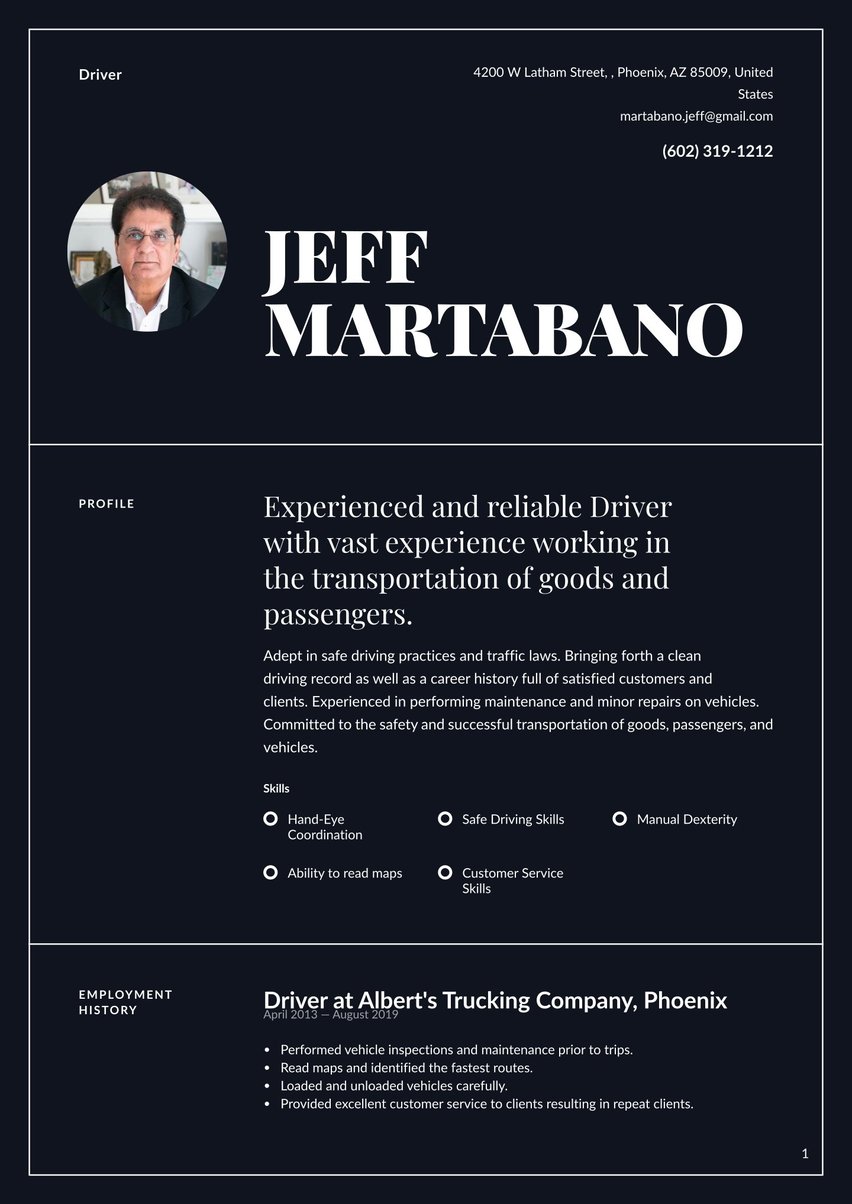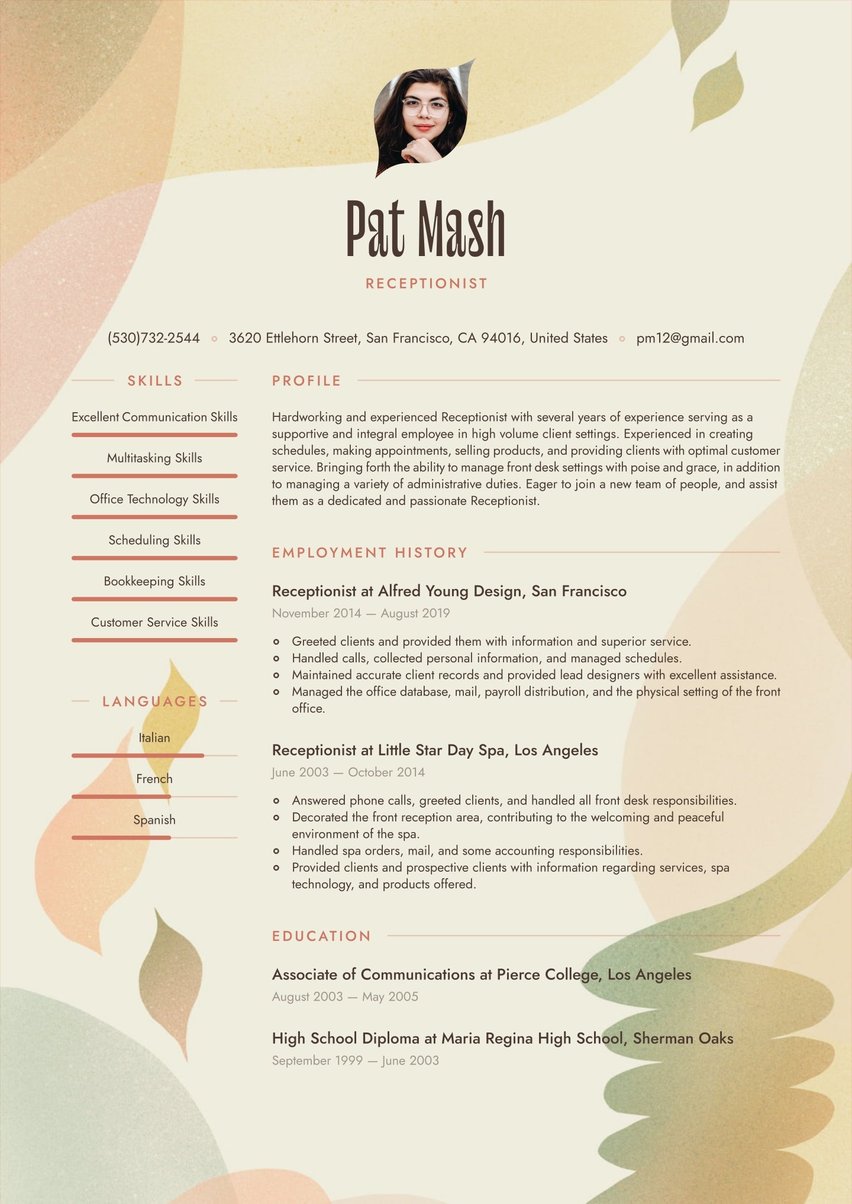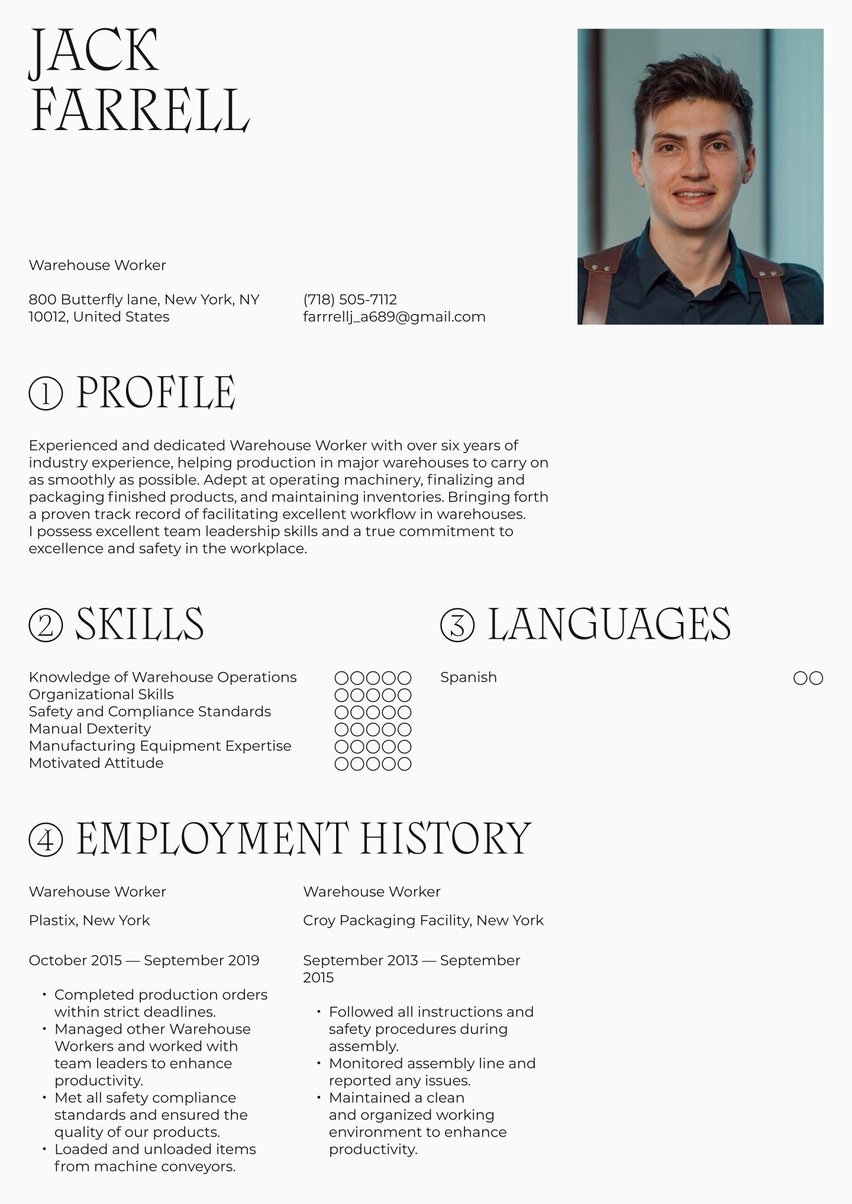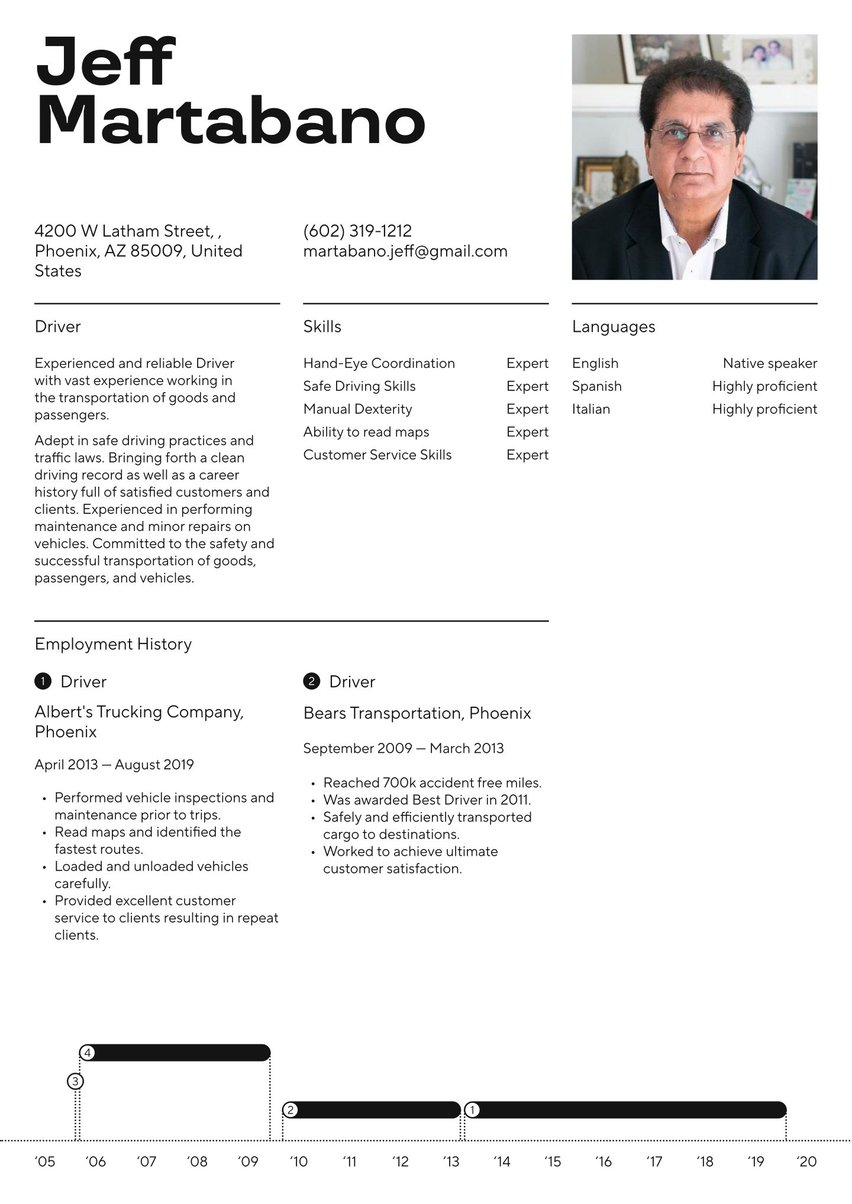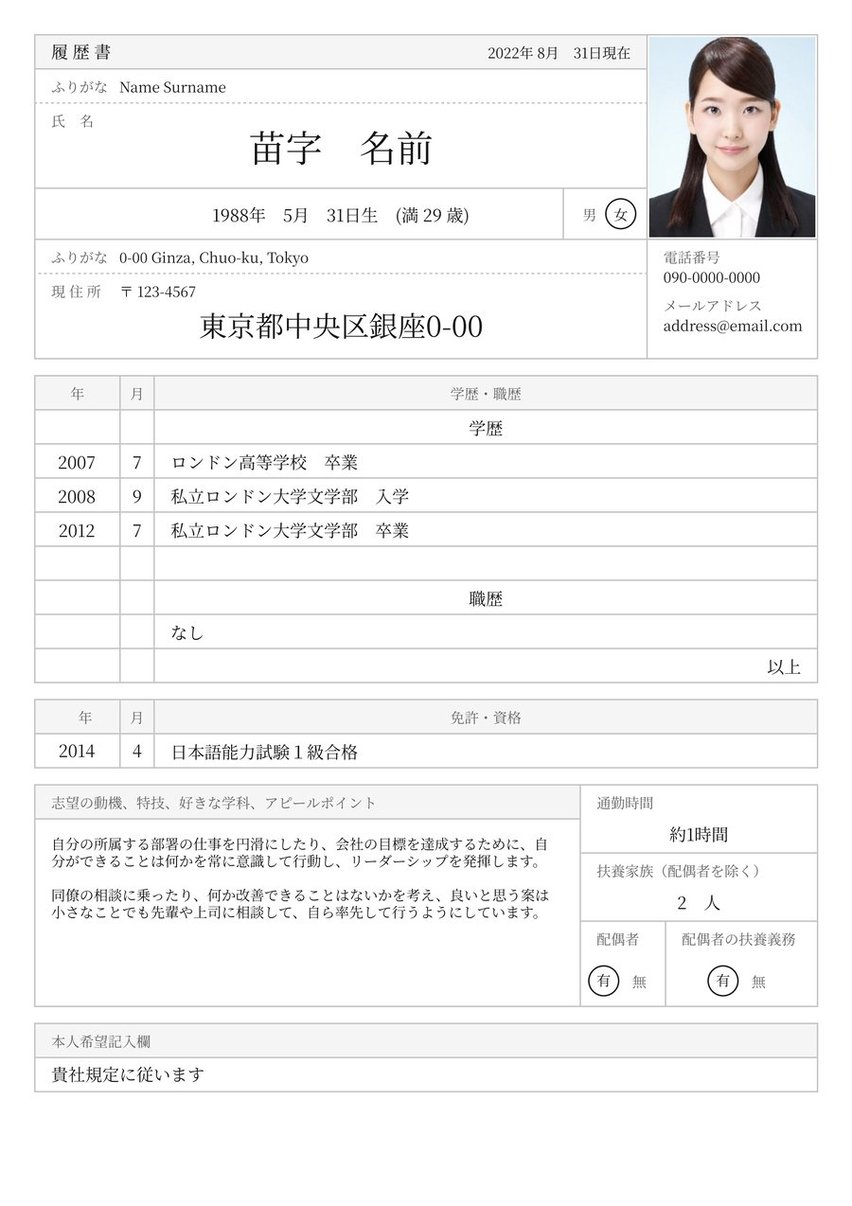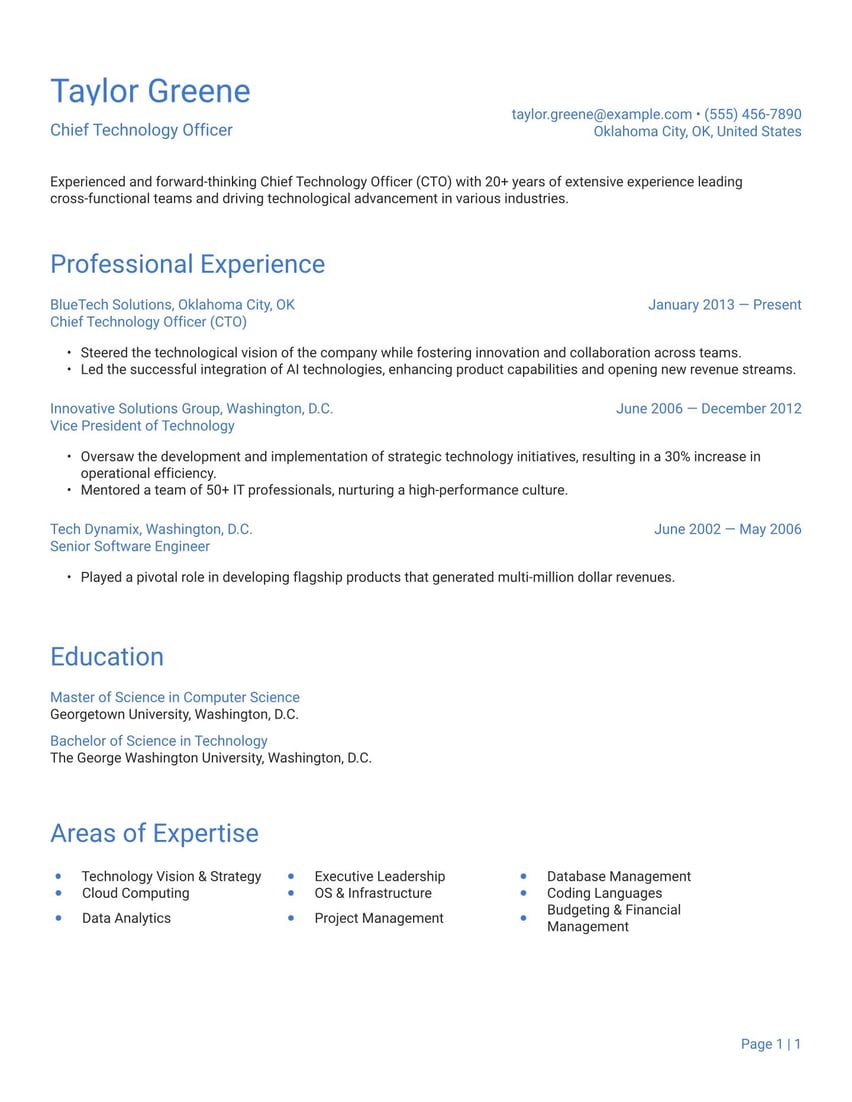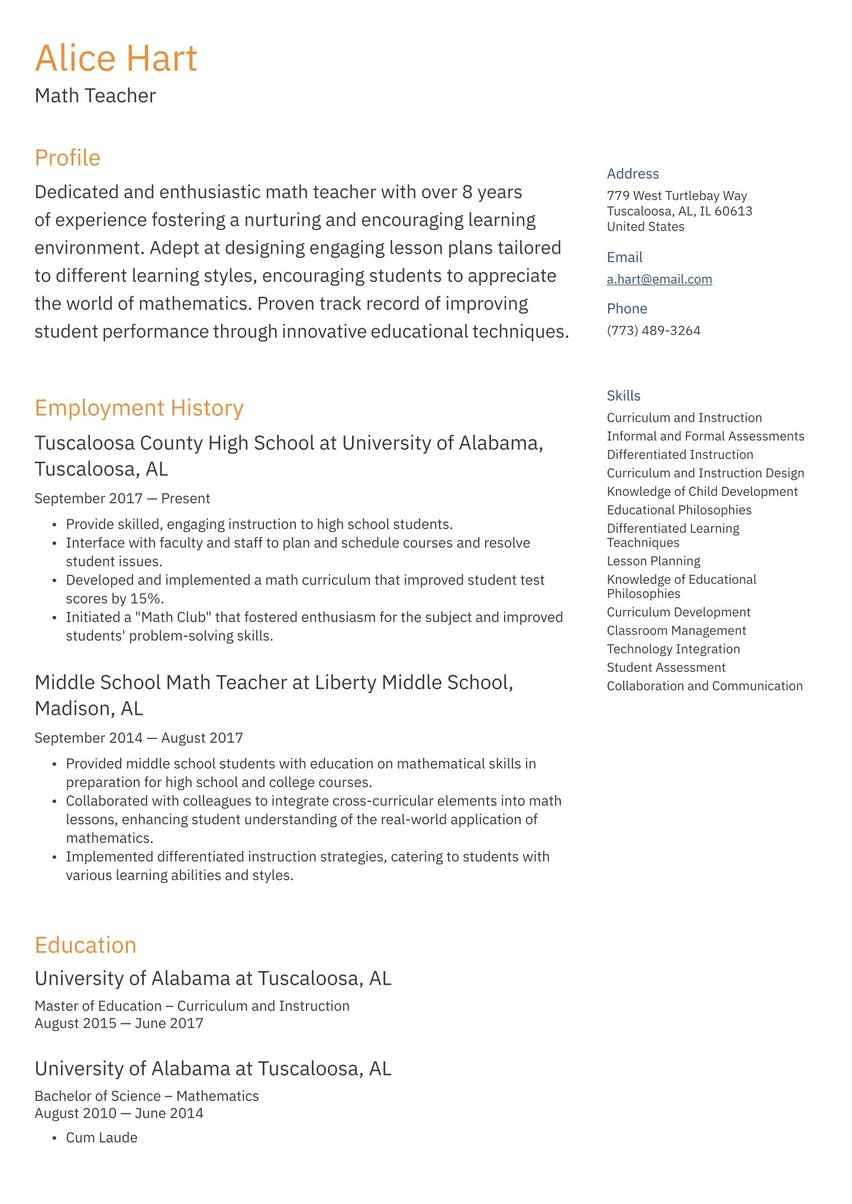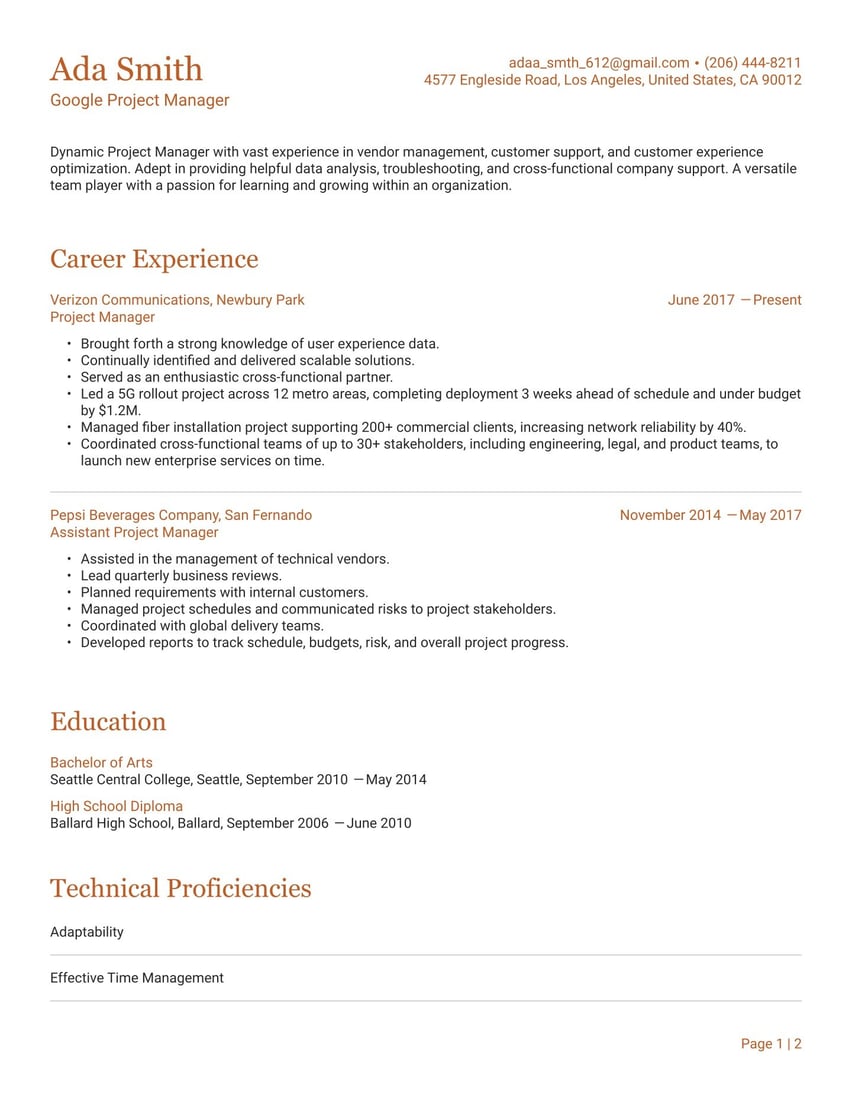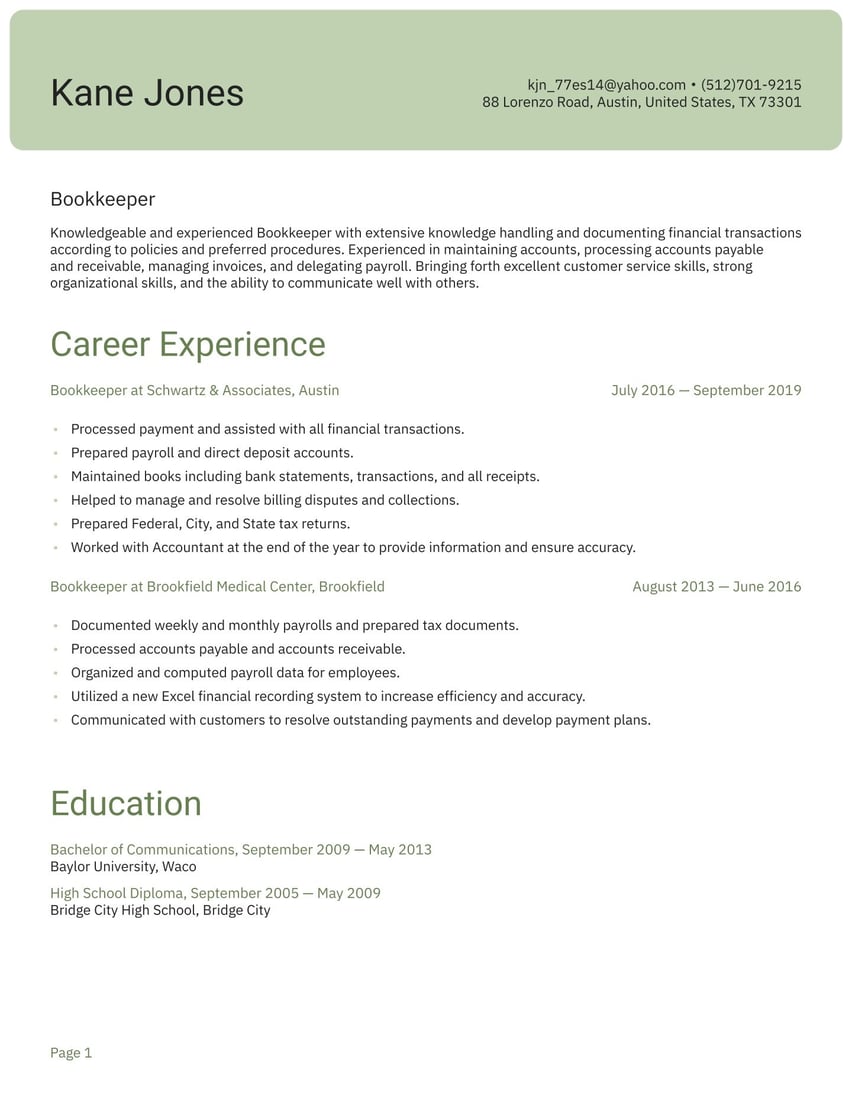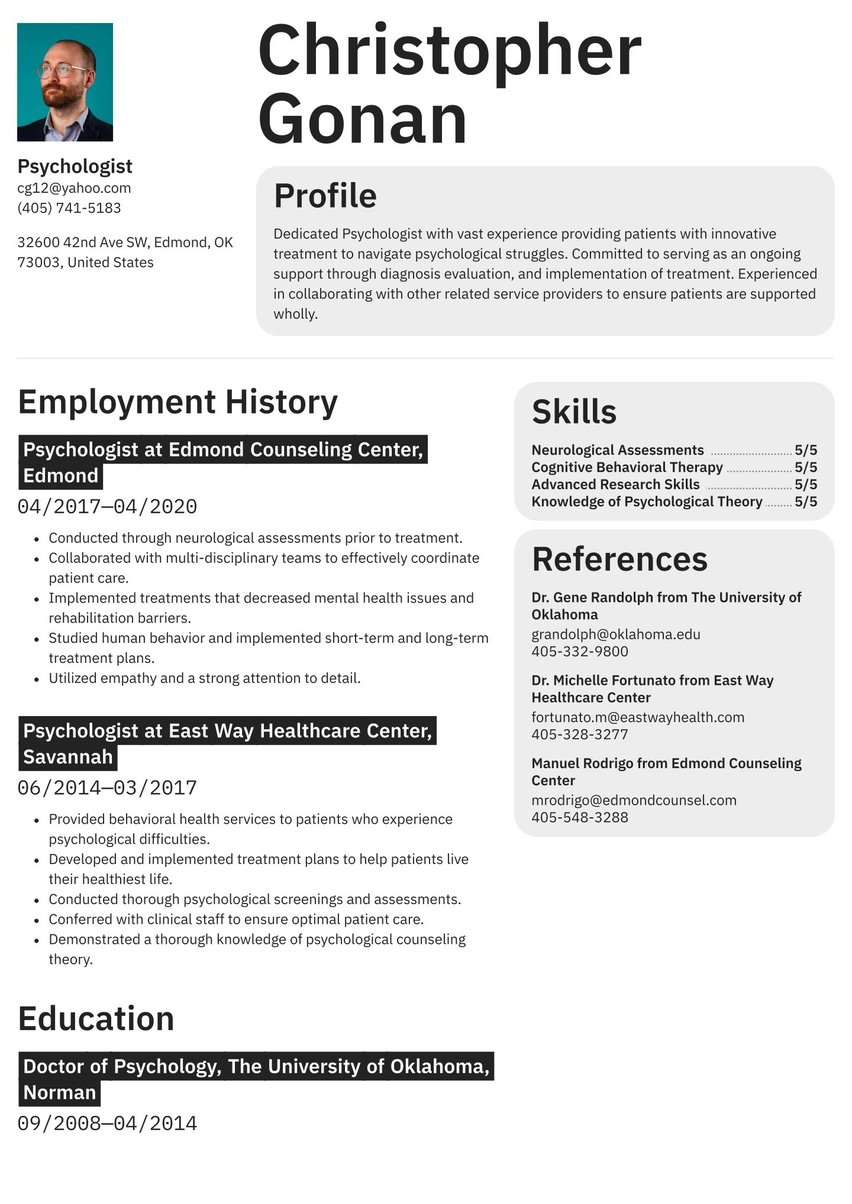Task-driven Factory Worker with a strong aptitude for multitasking and ensuring accuracy and precision. Adept in working in manufacturing/processing environments and adhering to all workplace safety regulations.
02/2014 - 04/2020, Factory Worker, Boise Textiles, Boise
- Reviewed daily production schedules and completed jobs by their due date.
- Safely unloaded and loaded products from pallets.
- Supplied production lines with adequate materials.
- Selected fabrics for work and inspected for quality.
- Ensured accurate measurements to achieve sizing accuracy.
- Approached each job with a dedication to detail, quality, and productivity to meet and exceed textile expectations.
10/2011 - 03/2014, Production Worker, Ameco Chocolates, Twin Falls
- Operated all equipment and machinery according to manufacturing instructions.
- Attended team and company meetings as well as safety training classes.
- Communicated with other Production Workers, Team Leaders, and Quality Assurance and Food Safety personnel.
- Maintained proper sanitation levels.
- Remained dedicated to the vision and mission of the brand.
09/2007 - 05/2011, High School Diploma, Twin Falls High School, Twin Falls
- Portuguese
- English
- Spanish
- Critical Thinking and Problem Solving
- Fast Learner
- Ability to Work in a Team
- Effective Time Management
- Ability to Multitask
- Machine Operator Skills
- Workplace Safety Skills
- present, Occupational Safety and Health Standards for General Industry,
If you’re looking for a job in a factory, you might question whether a resume is necessary, given that the company provides an application to fill out. But the fact is that if you do submit a resume, it can give you a leg up on competitors for the same job who didn’t think it was necessary. In almost no field do employers discourage job applicants from submitting a resume, and in many fields it’s a basic requirement. So preparing a factory worker resume is actually a very good idea that demonstrates your seriousness and your professionalism.
Factory Worker resume examples by experience level
This factory worker writing guide and the resume examples it includes will cover everything you need to know about preparing this job-application document, including:
- What does a factory worker do?
- How to write a factory worker resume
- How to pass the electronic ATS test used to filter resumes
- The five essential elements of a resume sample and how to write them
- Choosing the best format for a factory worker resume
Resume.io is dedicated to creating resources that help job seekers in every field and at every stage in their career. Check out our collection of 300+ resume examples for even more insight into creating the perfect application.
What does a factory worker do?
Factory workers may be responsible for any aspect of an enterprise dedicated to manufacturing, assembly and packaging. Most factories today rely on automation and machinery to manufacture products in bulk, but unless cyborgs take over the world someday, machines will never make human factory workers obsolete.
Factory workers are needed to operate, monitor and maintain all that machinery, to assemble parts and products, to identify defective products, to pack products for shipping and delivery, to operate forklifts, and to maintain clean, safe and sometimes sterile work environments.
Factory workers make an average of $13.48 an hour in the U.S., according to Indeed. Salary.com puts the median wage for assembly line workers at $18 an hour, saying wages usually fall between $16 and $21. According to Glassdoor, the average annual salary is $32,763.
Looking to brainstorm several anecdotes that will accelerate your career? If you're looking for inspiration, look to our other production resume examples listed here below:
- Production Worker resume sample
- Manufacturing Technician resume sample
- Material Handler resume sample
- Machine Operator resume sample
- Operations Manager resume sample
- Forklift Operator resume sample
- Production resume sample
- Machinist resume sample
- Assembler resume sample
- Quality Assurance resume sample
How to write a factory worker resume
If you have a fair amount of relevant experience, writing a factory worker resume can be a somewhat straightforward exercise. In almost any field, experience and the job skills that come with it are the main things employers are looking for.
But factory work is often an entry-level job, so if you have little or no experience, that’s certainly not a deal breaker. Use your resume to emphasize your education or vocational training, your skills and your passion for doing fast, accurate work. Use your resume to demonstrate that you can write, and to prove that you have the attention to detail to produce at least one good, finished, flawless product – this resume.
A factory worker resume sample should be one page only, and here are the five elements it must contain:
- Resume header with contact info
- Summary/profile
- Employment history
- Education
- Skills
Applicant Tracking Systems (ATS) are electronic gatekeepers that many larger employees use to process resumes according to whether or not they contain essential keywords. These keywords are necessary job qualifications that are fed into the ATS software, which then searches incoming resumes for these precise terms. If a factory is looking for expertise in “tools and dies,” and your resume doesn’t mention tools and dies, it may be rejected before it’s even reviewed by a human being.
This is why it’s important to scrutinize job listings for exactly what an employer is looking for, and to make your resume line up accordingly.
Choosing the best format for a factory worker CV
Format, layout and design are important considerations in creating your resume (known as a CV in many countries). It needs to be well-written, but it should also look good at a glance, suggesting that you have an eye for detail and design.
Good CV design involves font choice, font size, margins, a balanced layout and an appropriate use of white space that contains nothing at all. For factory workers, we recommend a simple, yet attractive design that conveys the important information without using too many colors or visual elements.
Resume header: How to reach you
The resume header is the space at the top of the page where you list your name, occupation, address, phone number and email. While all this info is critical for obvious reasons, the header should also serve a design purpose in giving your resume sample an eye-pleasing, professional look.
A great header can make the difference in whether a hiring manager takes the time to read the rest of your resume. If you have skills in page design, you could create your own resume, including that tricky header that should start the page off with a visual bang. If not, you may want to start with a pre-designed resume template to take some of the stress out of the process.

Factory worker resume summary: Make your case
The resume summary should be a short but well-written block of text under your header that makes your primary pitch. Whatever your top qualifications for the job, whether experience, training or your eagerness to embrace hard work, this is where it belongs.
While the rest of the resume is pretty tightly formatted, the summary/profile gives you a lot of freedom to make your case in your own words, as if speaking to a hiring manager directly about why you’re the right person for the job. Check out how this is done in our factory worker resume sample below.
Task-driven Factory Worker with a strong aptitude for multitasking and ensuring accuracy and precision. Adept in working in manufacturing/processing environments and adhering to all workplace safety regulations.
Employment history example: On-the-job expertise
In the employment history section of your resume, you’ll want to list your past jobs in reverse chronological order, with your current or last job first and your first job last. Provide the name and location of the employer, your job title and the time period you worked there.
But also add bullet points under each employer explaining what you did there. Be specific, using facts and figures where possible, and if you were ever named “Employee of the Month” or received other recognition on the job, say so.
Here’s the employment history section from our factory worker resume example:
Factory Worker at Boise Textiles, Boise
February 2014 - April 2020
- Reviewed daily production schedules and completed jobs by their due date.
- Safely unloaded and loaded products from pallets.
- Supplied production lines with adequate materials.
- Selected fabrics for work and inspected for quality.
- Ensured accurate measurements to achieve sizing accuracy.
- Approached each job with a dedication to detail, quality, and productivity to meet and exceed textile expectations.
Production Worker at Ameco Chocolates, Twin Falls
October 2011 - March 2014
- Operated all equipment and machinery according to manufacturing instructions.
- Attended team and company meetings as well as safety training classes.
- Communicated with other Production Workers, Team Leaders, and Quality Assurance and Food Safety personnel.
- Maintained proper sanitation levels.
- Remained dedicated to the vision and mission of the brand.
Resume education sample: Your schooling
Factory workers usually need only a high school degree or the equivalent, but it’s important to include this in your resume’s education section. If you have any vocational training or certification, that also belongs here. And if your academic credentials are really noteworthy, such as if you received a stellar grade point average, you can also say so here. The education section from our factory worker resume sample can give you an idea of how to format this section.
High School Diploma, Twin Falls High School, Twin Falls
September 2007 - May 2011
Factory worker resume skills: What you’re good at
Employers are looking for demonstrable, job-related skills, and so you need to include a list of yours on your resume. The skills section on a resume is typically a mix of hard skills, which are technical abilities needed to do the job, plus soft skills, which are people skills that enable you to work well with others. Check out the skills section from our factory worker resume example below.
- Critical Thinking and Problem Solving
- Fast Learner
- Ability to Work in a Team
- Effective Time Management
- Ability to Multitask
- Machine Operator Skills
- Workplace Safety Skills
Key takeaways
- If you’re looking for a factory worker job, having a well-written, well-designed resume can give you a boost over anyone who doesn’t.
- Optimizing your resume for ATS software can help you avoid the risk of automatic rejection.
- Be sure to include the five essential elements of every resume to make sure you’ve included everything you need and nothing you don’t.
- Design matters, so make sure your resume has a clean, eye-pleasing design – preferably by using a professional resume template.


.jpg)

.jpg)








